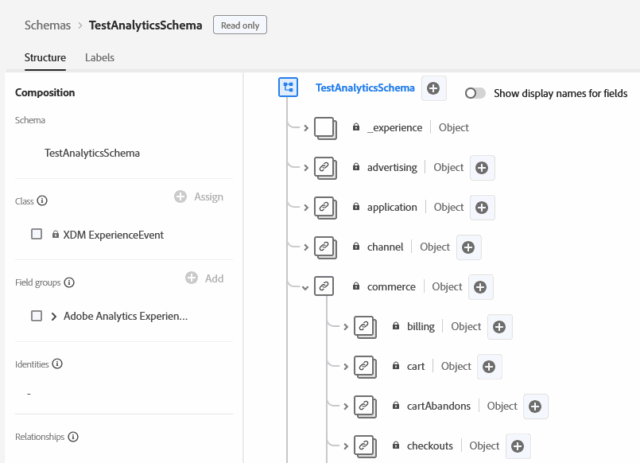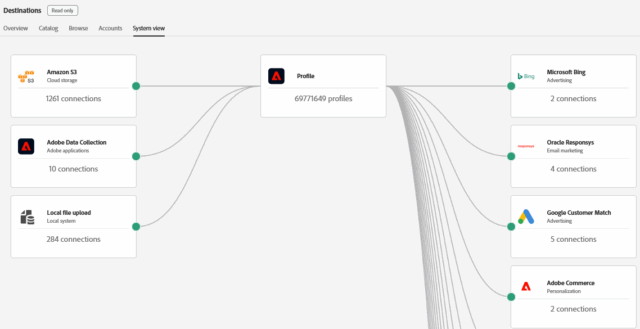In today’s hyper-personalized digital world, delivering the right message to the right customer at the right time is non-negotiable.
Adobe Commerce is a powerful eCommerce engine, but when coupled with Adobe Real-Time CDP (Customer Data Platform), it evolves into an intelligent experience machine, which is capable of deep AI-powered personalization, dynamic segmentation, and real-time responsiveness.
What is Adobe Real-Time CDP?
Adobe Real-Time CDP is a Customer Data Platform that collects and unifies data across various sources (websites, apps, CRM, etc.) into a single, comprehensive real-time customer profile. This data is then accessible to other systems for marketing, sales, and service.
Key Capabilities of Real-time CDP
- Real-time data ingestion and activation.
- Identity resolution across devices and platforms
- AI-driven insights and audience segmentation
- Data governance and privacy compliance tools
Why Integrate Adobe Commerce with Adobe CDP?
Adobe Commerce offers native customer segmentation, but it’s limited to session or behavior data within the commerce environment. When the customer data is vast, the native segmentation becomes very slow, impacting overall performance.
What We Gain with Real-Time CDP
| Feature | Native Commerce | Adobe Real-Time CDP |
|---|---|---|
| Segmentation | Static, rule-based | Real-time, AI-powered |
| Data Sources | Commerce-only | Omnichannel (web, CRM, etc.) |
| Personalization | Session-based | Cross-channel, predictive |
| Identity Graph | No Identity Graph | Cross-device customer data |
| Activation | Limited to Commerce | Activate across systems |
Use Cases
- Win-back Campaign: Identify dormant users in CDP and activate personalized discounts
- Cart Recovery: Capture cart abandonment events.
- High-Intent Buyers: Target customers who browse premium products but didn’t convert
Integration of Adobe Commerce with Adobe Real-Time CDP
Data Layer Implementation
- Install Adobe Experience Platform Web SDK to enable real-time event tracking and identity collection.
- Define and deploy a custom XDM schema aligned with Commerce events.

Customer Identity Mapping
- Implement Adobe Identity Service to build unified customer profiles across anonymous and logged-in sessions.
- Ensure login/signup events are tracked for persistent identification.
Data Collection Configuration
- Tag key Commerce events (add to cart, purchase, product) to collect data.
- Set up batch or streaming ingestion using the following extensions:
- audiences-activation
- experience-platform-connector
- Admin configuration for Organization ID, Dataset ID & Data Stream ID:
- System -> Services -> Data Connection
- System -> Services -> Commerce Service Connector

Audience Segmentation & Activation
- Create dynamic audiences using behavioral, transactional, and CRM data.
- Assign Audience in Adobe Commerce.
Personalization Execution
- Leverage Adobe Target or Adobe Experience Manager (AEM) to serve personalized content.
- CDP can be used for decision making, like suppressing offers to churn customers.
Challenges to Consider
- Data Governance: Ensure GDPR/CCPA compliance with CDP’s consent management tools.
- Identity Resolution Complexity: Work closely with marketing teams to define identity rules.
- Cross-Team Collaboration: Integration touches data engineering, commerce, marketing, and legal teams.
Conclusion
Integrating Adobe Commerce with CDP empowers both business and technical teams to unify profiles and stay ahead in a dynamic marketplace by delivering personalization.
Adobe Real-Time CDP is not just a marketing tool, it’s an asset for creating commerce experiences that adapt to the customer in real-time.
Source: Read MoreÂ
